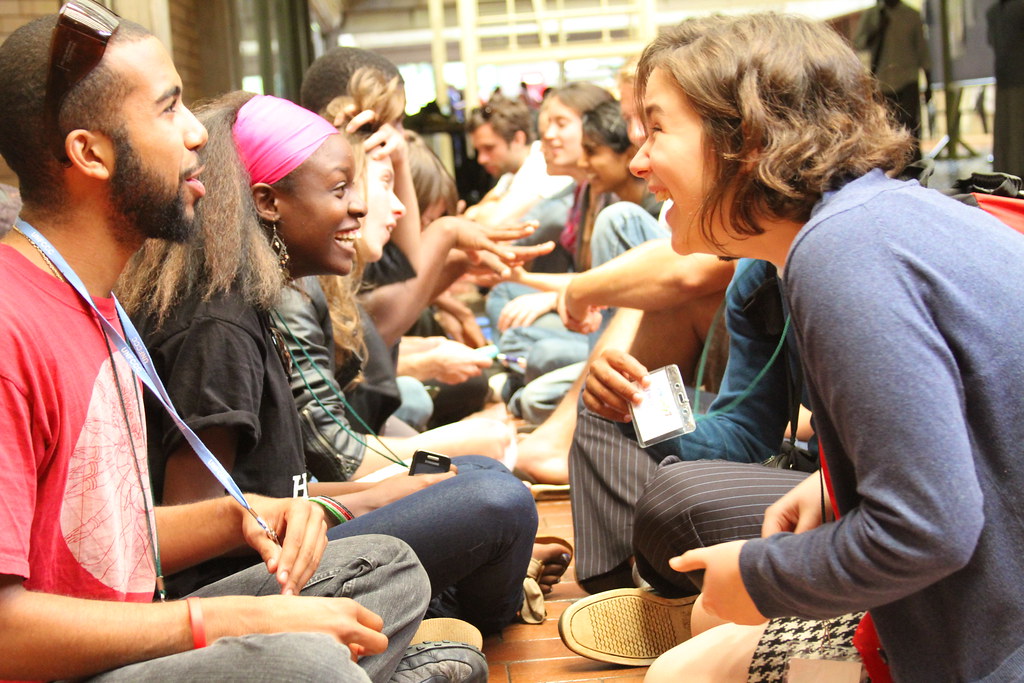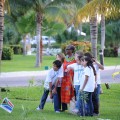Educating the UN on Climate Change
Holly Jones | December 5, 2012.

The UN climate change negotiations are bogged down in numbers about missions, targets and finances. Yet, it’s through education that climate change will actually be understood around the world. Article 6, a small part of the overall process, examines how education can help tackle climate change. Given that education has the power to inform people about climate change so that they are able to act, it is surprising that it has taken this long for it to get the attention that it deserves.
The sudden attention can be attributed to climate change education extending beyond the science classroom into the humanities one too as a multidisciplinary issue. Matt Lappé, director of education at the Alliance for Climate Education, told The Verb: “You have to have the hard sciences to really understand what’s driving the changes in our atmosphere, and in our ecosystems and geologically. But in order to think about solutions, you have to think about the different things that humans are involved in, and I think that students are starting to make those connections in ways that are really inspiring.”
Lappé commented that the expanding of the context in which climate change is taught increases the potential to bring students of all interests level to the table.
Localising educational content will also increase the quality of climate change education and is something “that has to be done both in developed and developing countries to make education relevant. Make it relevant to the future that young people are facing, but also make it relevant to the social and cultural context that they are living in,” says Julia Heiss, education program specialist at UNESCO.
Stephanie Hodge, of UNICEF, agrees and encourages those working in the education sector to think critically about how to bridge the gap between global educational philosophy and local curriculum needs.
The Will Steger Foundation points to geographic relevancy as a reason to their successful education programs. Nicole Rom, executive director, explained that regionally based curriculum allows children to “witness climate change in their own backyards.”
Article 6 has been drafted to incorporate educational best practices with a focus on teaching practices of adaptation, mitigation, and disaster response and learning on a formal and informal level.
When implemented, Article 6 will have the ability to impact future generations as without education, young people will not know how to respond in the face of climate change.
By Holly Jones, photo by Linh Do.











comment